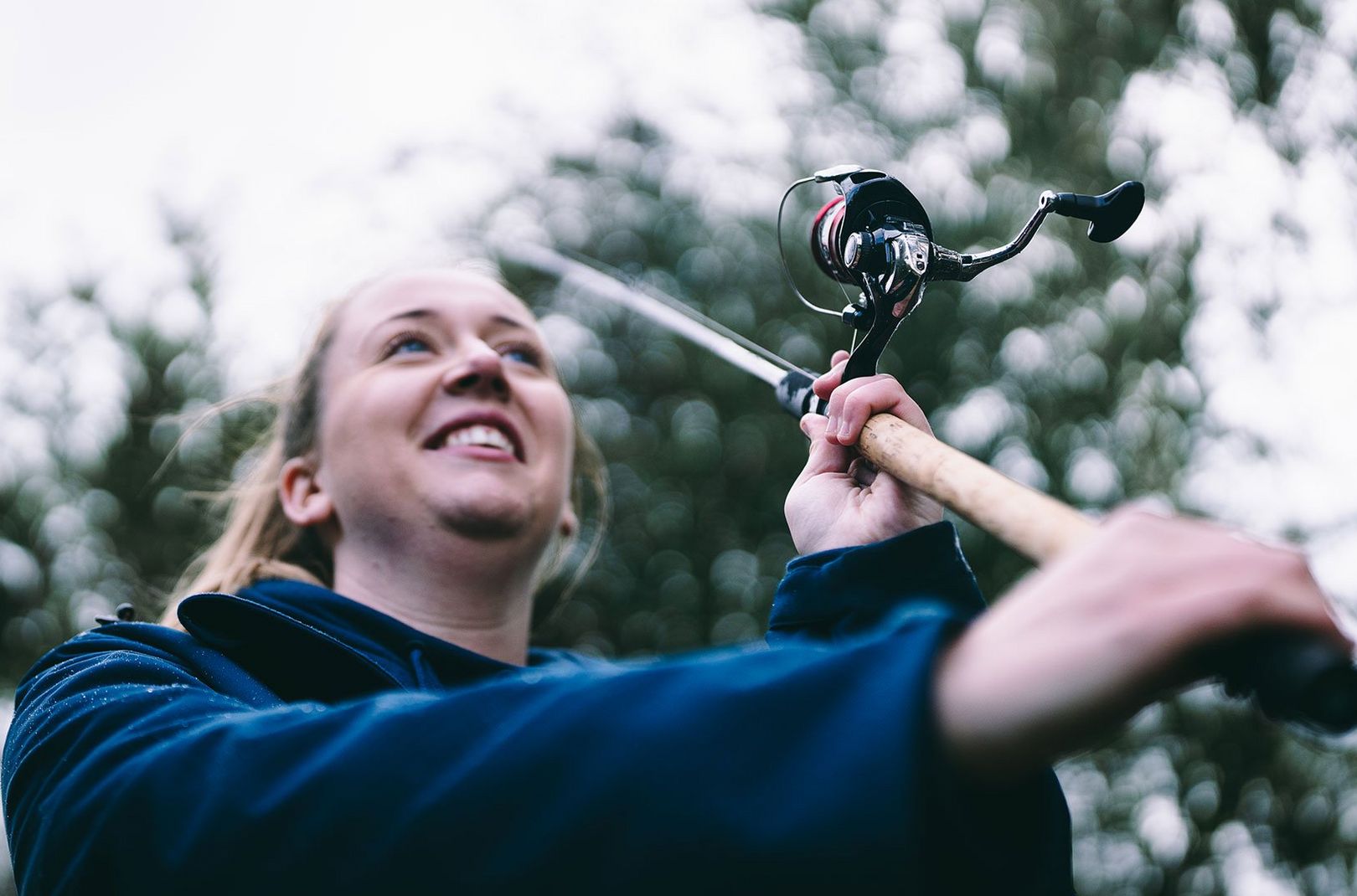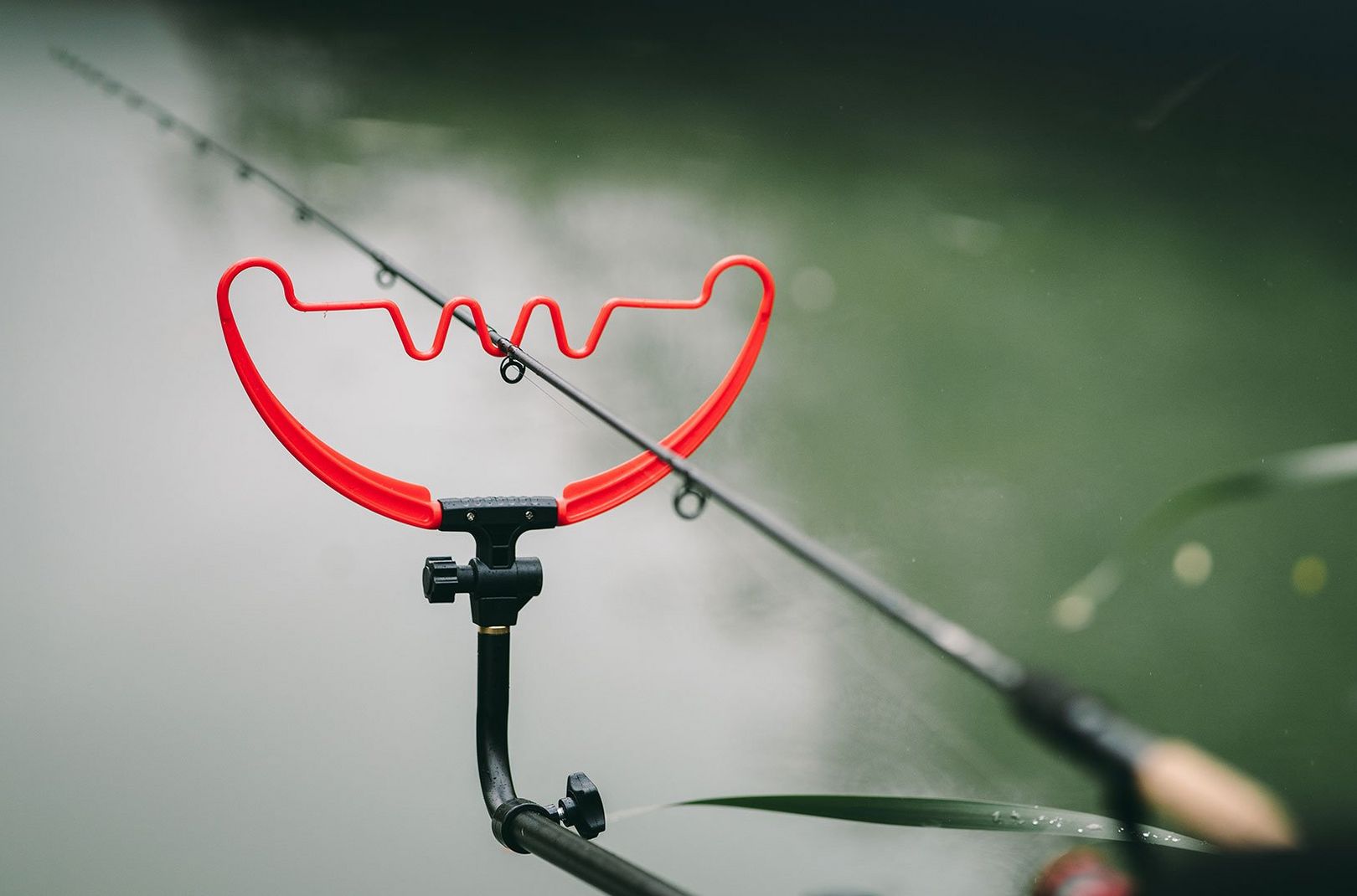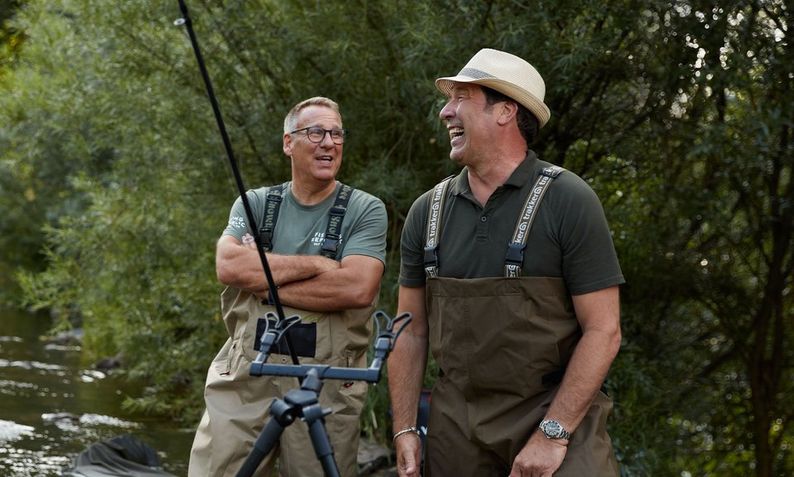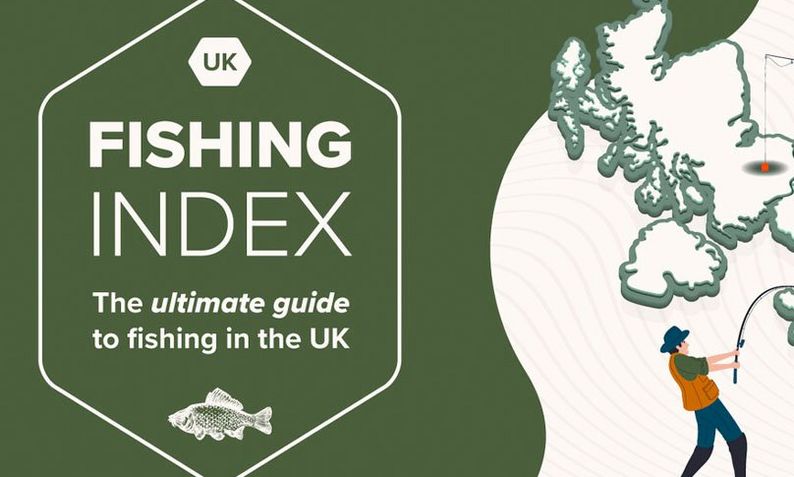Choosing between a rod and a pole is one of the first decisions an angler will have to make when starting out. It’s important to pick the best one for your fishing situation. This can depend on the water you’re working with, the fish you’re after, and what level of accuracy you need.
What's the difference between a Rod and a Pole?
First things first, a rod requires a reel and a line, whereas a pole only needs elastic. Once set up, a pole is generally easier to use, whereas a rod requires more gear and a lot of casting action that usually requires skill and practise.

How Do you Use a Fishing Pole?
Using a pole is like using a telescope. The fishing line is connected directly to the end of the pole via elastic. There is no need to reel in your fish, or cast out for that matter, anglers simply place the tip where they want to fish and then pull the sections back to reveal their catch.
This makes pole fishing ideal for getting into the specific areas, nooks and crannies of your chosen swim. Most poles feature many sections and can reach up to 16m in length. One thing to note, is that your distance is restricted as you do only have the length of your pole to work with. However, with the restricted length, comes speed, simplicity and accuracy.
Do Your Rod Research
Your other choice is a rod. There are many different types of rods, specific to each anglers’ needs. For example, if you’re going out to sea, you’d need a Sea Fishing Rod – so quite straight forward in that sense. They usually have 3 or 4 sections and a reel seat where, no doubt, your reel will sit.
Fishing rods can cast bait out much further than a pole, as there is no restriction with the length. It does take more practise to cast your bait with a rod, but once you have it mastered, you can reach much further distances.
Choosing the right fishing rod takes some serious consideration. There isn’t one rod that can do everything on every type of water, which is why it is important to do your rod research. Starting with a classic 12ft rod, which is ideal for most types of water, we at Fishing Republic have the Sonik Vaderx RS Carp Rod. If you are looking to fish on larger reservoirs, you should step up to a 13ft rod. The likes of the Trakker Propel 13ft will do the job perfectly. In line with the craze surrounding semi-telescopic rods, the Sonik Xtractor Spod Rod is ideal for anglers wanting to fish on smaller waters and who appreciate travelling light.
If you’re choosing a rod, you will also need a reel. The reel that you choose will determine an accurate cast, ease the speed of reeling your line, balance your weight and so much more. If you are looking for strength, performance and durability, the best-selling Shimano FXC3000 FC Reel is fantastic for beginners.

What Fish Can I Catch with My New Rod?
Picking between a rod and a pole will also depend on the fish you’re after and the water you’re fishing from. If you’re wanting to catch a big carp, a rod and a reel would be your ideal set up. However, if you’re happier match fishing for silvers, a pole will do you just nicely.
Fishing in smaller waters, like ponds, or narrow canals can be tricky, so the accuracy and pinpoint of the pole can be very useful in these situations. There is also less chance of your line getting caught up in the reeds when using a pole. However, if it’s a larger water you’re angling towards, like a lake or a river, then it would be a better idea to go with a rod, as they can cast at much further distances and have the ability to reel in much larger fish. So, it all boils down to how much distance you need, how much accuracy you’d like and what kind of fish you’re hoping to catch.

What is the Best Material for a Rod?
Now you’ve decided whether you’ll need a rod or a pole, it’s time to decide on what material would suit you best. It’s a general fact that most anglers would start off with a Fibreglass rod. Fishing rods are made from fiberglass, graphite or composite, which is a mixture of the two.
Fibreglass rods are strong and durable, which means they can take a lot of action and last you a long time. They are easy to make, which means that they also come at a good price, which is ideal for beginners not wanting to spend too much when starting out. You also have the choice of graphite. These rods are a lighter alterative and are very sensitive to bites. However, this does come with a higher price mark.
And finally, you have Composite rods, which is a mixture of both fibreglass and graphite. These are ideal for anglers looking for performance, offering a lot of flexibility. These are the most expensive choice out of the three, so perhaps not ideal for beginners.
Now you’ve made your decision, it’s time to see what bait and tackle you may need, to catch your desired fish.

